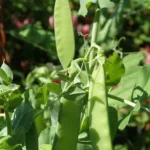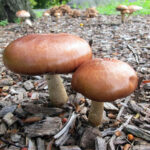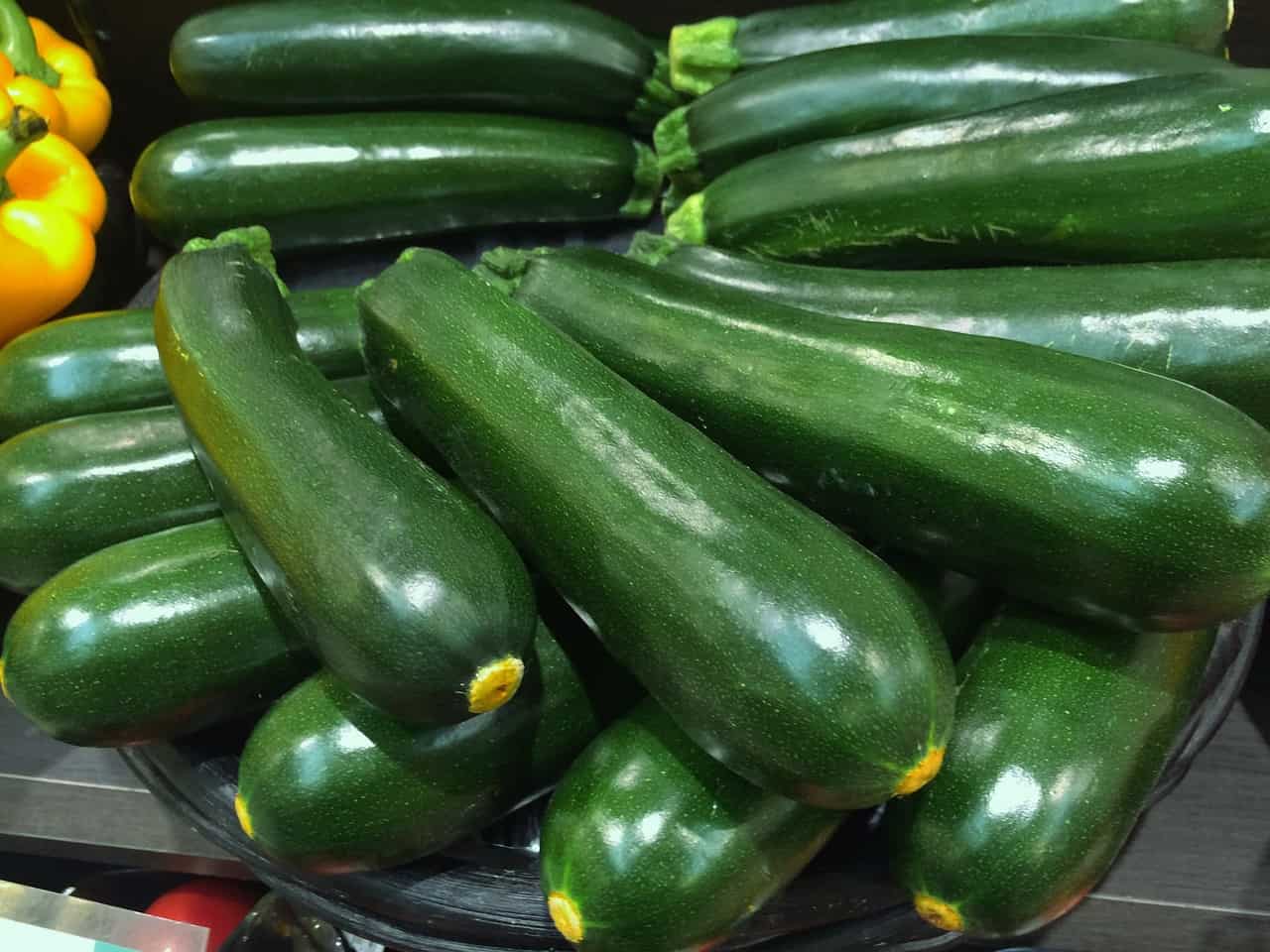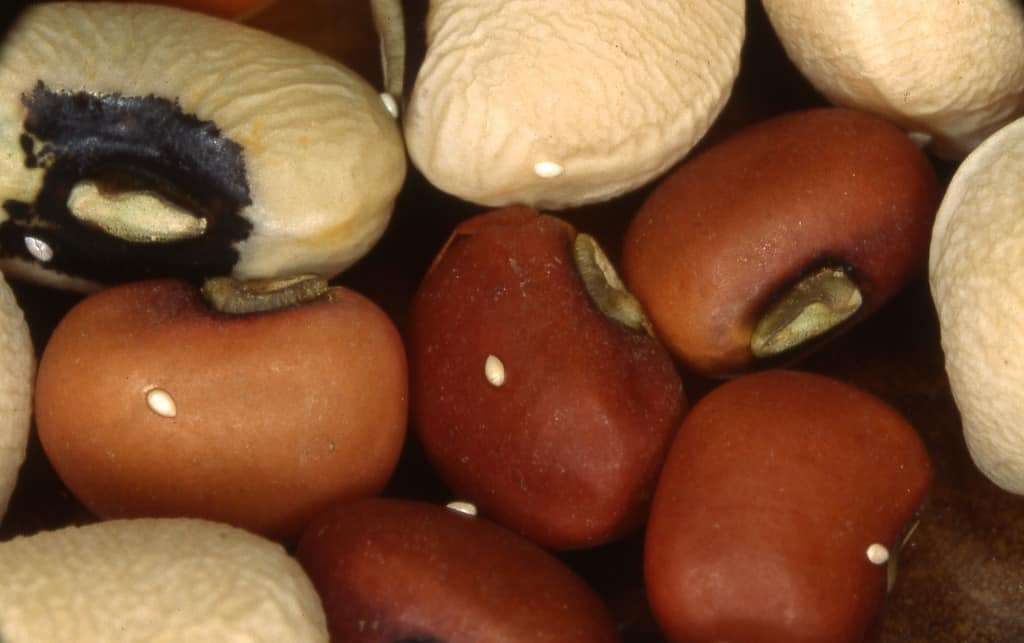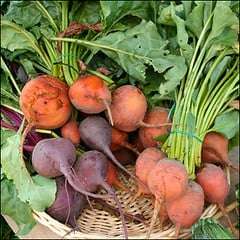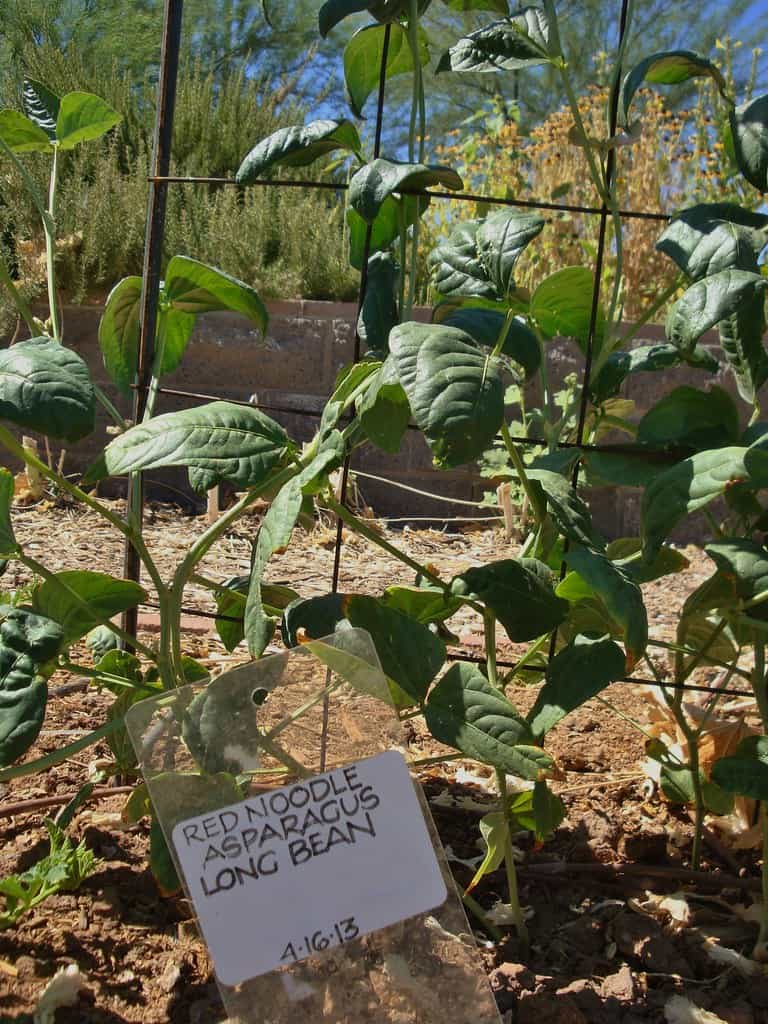Japanese vegetables are fun to grow if you are looking for variety or wish to cook more Japanese dishes at mealtime. A few plants grow well in most climates, have high yields and are staples in Japanese cooking. Shiso is an herb similar to mint that is often used to flavor sashimi, soups, stews and salads. Daikon is a white form of the radish, but it is much sweeter than the red variety. Ginger is often pickled for use in Japanese sushi and sashimi. Burdock is the main ingredient used to make gobo stew, which is popular in Japan.
What You’ll Need to Get Started
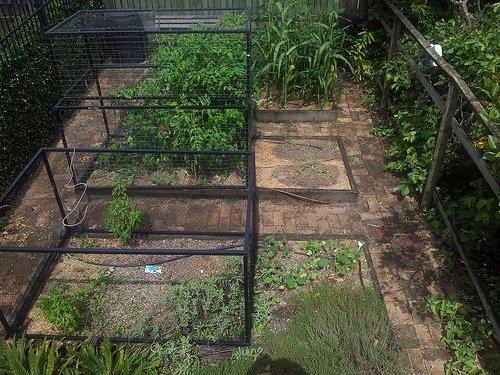
· Shovel
· Compost
· Fresh ginger root
· Glass
· Peat pots
· Compost
· Sandy potting soil
· Knife
· Shiso seeds
· Mulch
· Daikon seeds
· Burdock seeds
· 10–10-10 fertilizer
· Liquid fertilizer
Step 1
Choose an area with loamy soil that has good drainage to grow your Japanese vegetables. Select an area that gets partial rather than full sun throughout the day.
Step 2
Use your shovel to loosen the soil to a 1‑foot depth so that your root vegetables have plenty of room to grow. Remove from the area any weeds and their roots.
Step 3
Mix compost into the top inch of the soil, and then rake the surface so that it is even. Make sure to remove any debris or rocks while you work the soil.
Step 4
Find a plump and fresh root of ginger at the grocery store. Locate the buds on your ginger root, and cut off a 1‑inch piece to get each bud. Put the buds in a glass of water and let them soak overnight to prepare them for planting. The best time to start planting ginger is at the end of winter or early spring.
Step 5
Fill your peat pots with equal amounts of compost and sandy soil that are mixed well. Press each bud 1 inch deep into the center of each pot so that the bud is pointing upward and the part you cut is down.
Step 6
Plant two seeds of shiso in each of your remaining peat pots, and barely cover them with the soil. Water your shiso and ginger immediately to moisten the soil.
Step 7
Thin the shiso seedlings when they reach 2 inches in height so that there is only one plant in each pot, thus you will be removing the weakest-looking plant. Transplant the shiso and ginger to the garden when they are a few inches tall by digging a hole large enough for the peat pots. Cover the peat pots completely with soil. Space each shiso plant ½ foot apart and the ginger 1 foot apart.
Step 8
Water the shiso and ginger immediately. Continue to water ginger to keep the soil moist. For shiso, let the soil dry between waterings; for ginger, never let the soil dry out. Add mulch around the ginger plants to retain water. Using a spray bottle, mist water over the ginger when the air gets too dry.
Step 9
Broadcast sow your daikon seeds after the last frost in spring by sprinkling them on the surface of the soil. Thin your daikon seedlings so that each plant is spaced 6 inches apart when their second set of leaves appear by pulling up the weakest looking plants. Repeat planting once a month through the end of summer for a constant harvest.
Step 10
Sow your burdock seeds at a depth of ¼ inch and space each plant 4 inches apart in early spring when you plant your daikon seeds.
Step 11
Water the soil around your daikon and burdock so that it is moist. Moisten the soil each day, and keep your plants free of weeds.
Step 12
Add a 10–10-10 fertilizer to the soil around all of your plants except the ginger. Use a liquid fertilizer such as seaweed to fertilize your ginger plants.
Step 13
Stop watering your ginger at the end of summer to encourage new rhizomes to grow. Harvest your daikon and burdock by digging up the roots in late fall. Harvest shiso leaves as needed. Begin to harvest ginger when the leaves die. Dig around your ginger to cut out new tubers without unearthing the whole plant.
Keywords: growing japanese vegetables, steps to grow japanese vegetables, japanese vegetables, how to grow japanese vegetables, japanese vegetables in the garden, how to grow japanese vegetables in the garden, japanese vegetables to grow
References
Check out Little Tree Food Forest for articles on food forests and homesteading.
Check out StoryScapes for articles on creative writing.









